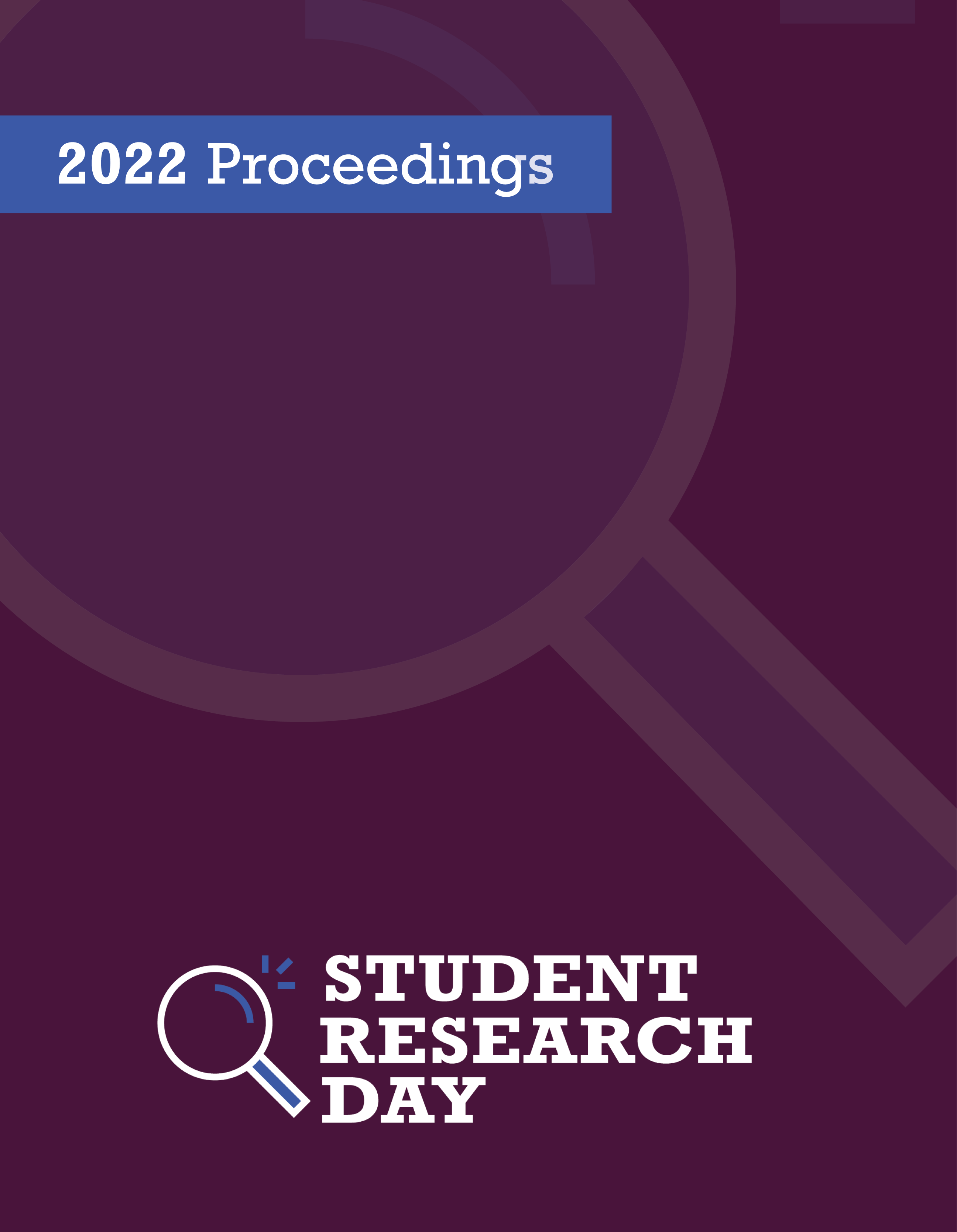Speech and language effects on the perception of mixed emotion in children
Abstract
Mixed emotions often comprise opposing basic emotions such as happiness and sadness. Previous research on mixed emotion in children studied basic common emotions such as happy vs. sad. The current project extends this work by examining happy vs. disgust mixed emotions conveyed in the content and vocal expression of spoken sentences. Empathy is thought to play a vital role in children's perception and experience of mixed emotions, as older children with a higher degree of empathy will recognize mixed emotions more successfully than their younger counterparts. Age-related change in the perception of mixed emotions of children ages 3-12 years will be examined. In addition, individual differences in empathy will be analyzed to determine if empathy moderates children's perception and experience of mixed emotions.
Children will listen to various sentences of conflicting emotions created by opposing sentence content and vocal expression and rate the spoken sentences along a continuum of engaging emoticons that show various intensities of the target emotions. A theory-of-mind task will be administered to assess empathy, and its relationship with emotion ratings will be examined. It is hypothesized that older children will have more success in recognizing mixed emotions than younger children by demonstrating more moderate ratings on the continuous scales. The findings will help shed light on the social and emotional skills that enable children to be successful in communication and relationships with others.
Department: Psychology
Faculty Mentor: Dr. Tara Vongpaisal
Published
Issue
Section
License
Authors retain any and all existing copyright to works contributed to these proceedings.



